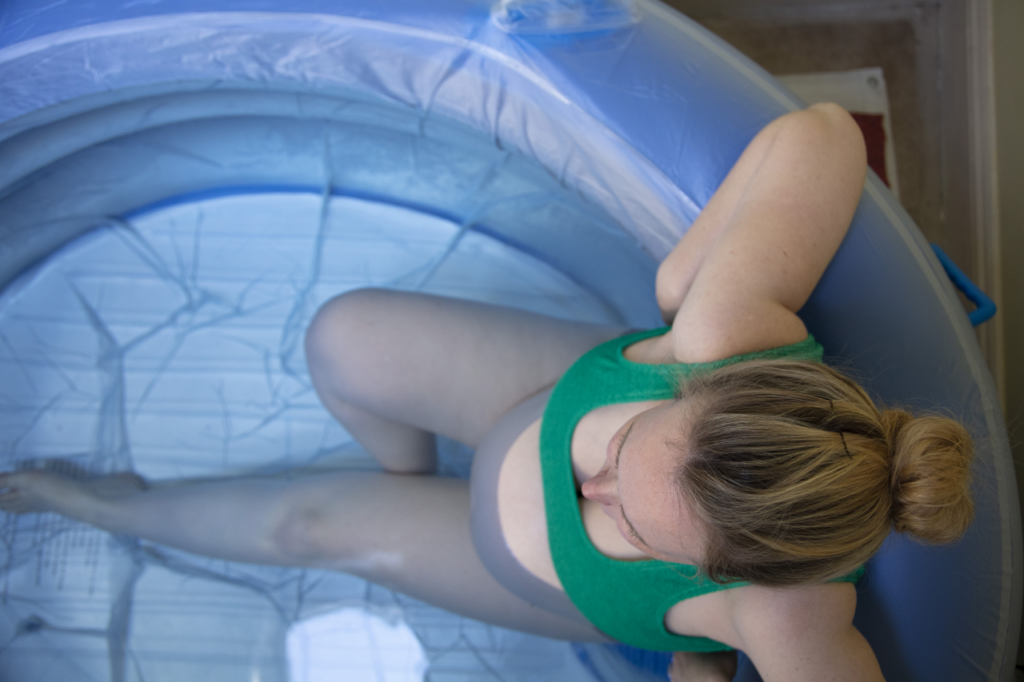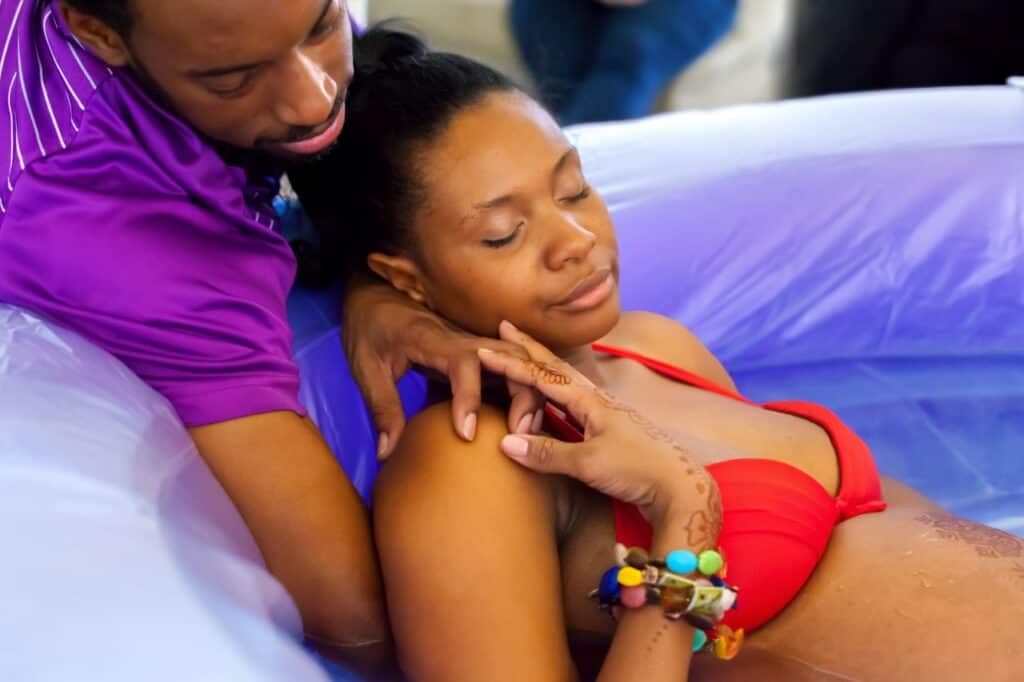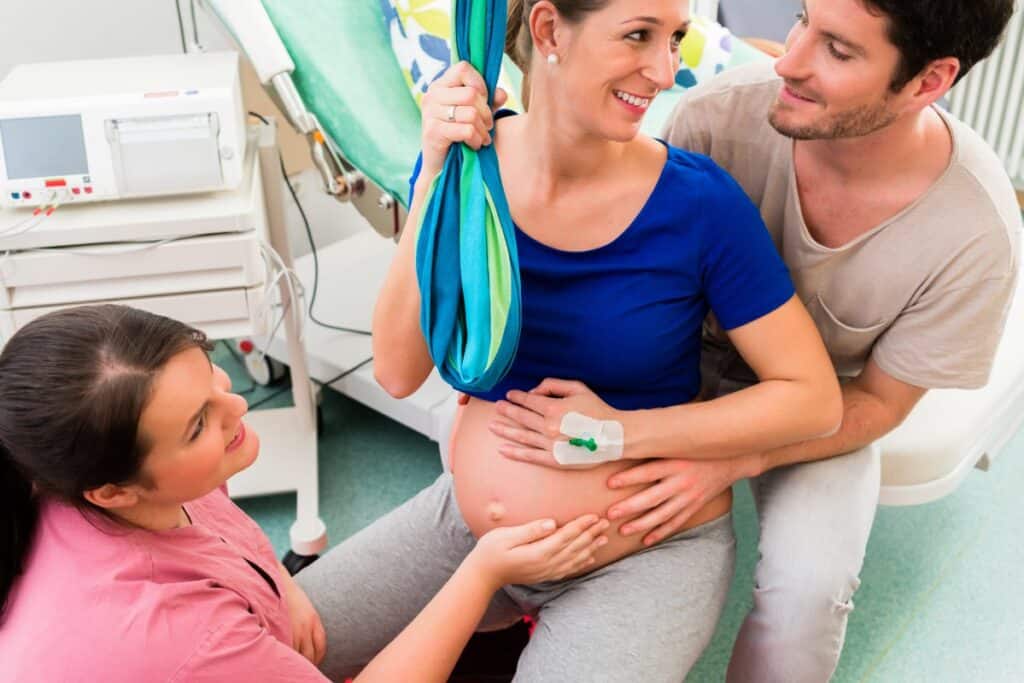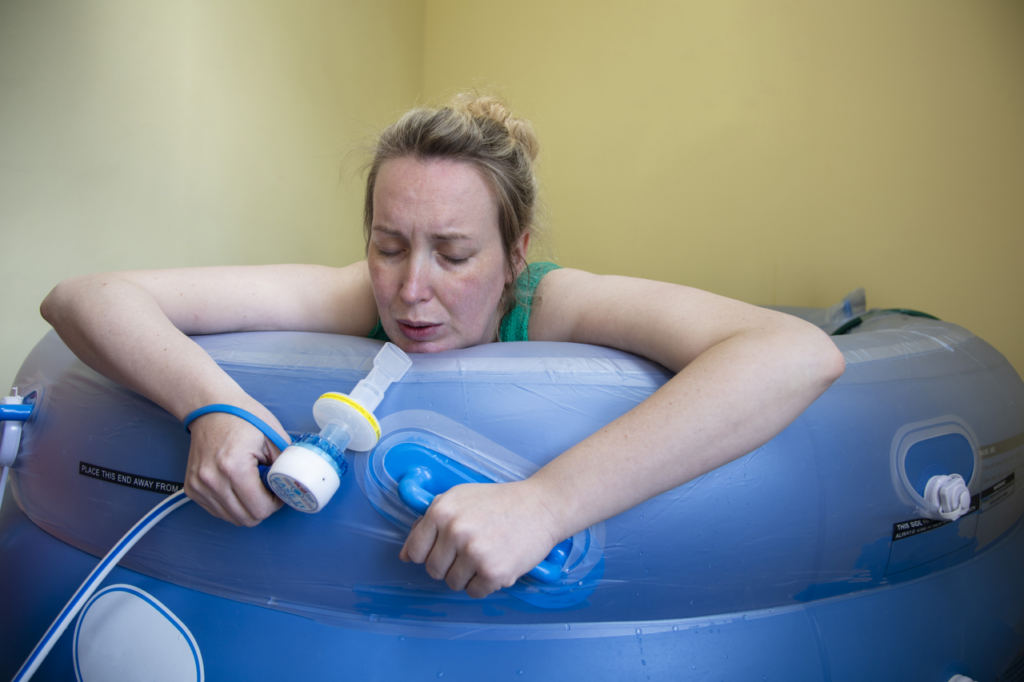Own Your Birth
Provider Choices
Owning your birth means planning & preparing for it in a way that aligns with your individual beliefs & values.
Birth is too creative & powerful to control, but there are lots of decisions that you do have control over. Take responsibility for your birth by standing in your power. Make the decisions that are right for you & your baby. It’s your birth!
Birth Place & Birth Provider
These are 2 of the biggest predictors of how your birth will flow. Where is your baby entering the world and who would you like to help you usher them earthside?
These decisions will affect the rest of your birth course so ensure you choose providers and birth settings that align with how you envision your birth.
Think for a minute about those pregnancy cravings. What have you craved the most? Ice Cream? Tacos? Boba? Thai Food? Sushi? Burgers? Milkshakes? All of it? Imagine you really want a big juicy burger but instead of the closest burger joint, you head to your favorite Mexican restaurant. Both of them serve delicious food, both of them are well known and respected and both of them have excellently trained chefs. So why does it matter?
This isn’t a burger vs. taco challenge. I just want to illustrate that if you want something in particular, you need to seek out the environment that specializes in it to get served what you are looking for. If you want a burger, head to that burger place, if you’re dreaming about tacos, find an awesome taco truck.
Birth is not a kitchen, but oftentimes we are heading to the wrong restaurant to meet our needs, attempting to order items from a secret menu that doesn’t exist and sometimes even heading into the kitchen to persuade the chefs to cook up your special meal instead of just going to the right restaurant in the first place.
You might even show up at the Mexican restaurant and then decide that burgers might not be the yummiest choice for you anyway so you just decide to go with the tacos. Or maybe you decide to nudge that chef into making your special recipe, they say they know how to whip that up, but then when the food arrives, it looks and tastes oddly like a taco between 2 buns. Your expectations don’t meet the order, and you didn’t know what you were going to get until the food arrives.
It can be challenging when the majority of birthing people in the U.S. feast at the same restaurant, but there may be plenty of 5 star bistros in your neighborhood that serve up satisfying, scrumptious meals just to your liking. Let’s take a peek at some great options, customizable just for you because there really may be a secret menu.
Sidenote: Sadly, many states in the U.S. only have one type of restaurant; huge cafeteria style eateries with a pretty set menu that may be on rotation but without much variation aka hospitals. Many states are still in the process of exploring food variety in the way of legalizing homebirth or opening up local birth centers. Everybody deserves choices, especially in birth, but tacos & burgers are tasty too and well deserved post birth.



At Home with Homebirth Widwives
Less than 1% of births happen at home in the United States with a slight increase during the pandemic. That is a stark contrast from 1900 when only about 5% of births happened at a hospital and the majority of births occurred at home. Most of those homebirths historically were attended my traditional or community midwives that were steeped in practice and knowledge from attending births.
Most common options for midwifery care now include:
- Certified Nurse-Midwives (CNMs): they are trained in nursing & midwifery in a medical setting
- Certified Midwife (CM): health related background other than nursing and then graduated from a master’s level midwifery program
- Certified Professional Midwife (CPM): education and training focused on providing midwifery model of care in homes & freestanding birth centers
Homebirth is a viable option if you are low risk and want to rely on your own coping skills to move through labor. Labor hormones progress in a safe, uninterrupted environment and it doesn’t get much safer than your own space. It can allow for labor to unfold organically in a very uninhibited way. Choosing to birth at home requires you to really get our of your head and into your body so get moving!
Labor is hard work so properly preparing your body, mind & space throughout pregnancy can help you flow through birth more effectively. Choosing a homebirth midwife that makes you feel confident in your body’s ability to birth and that you trust with your birth space is of utmost importance.
In addition to your midwifery team, load up on all the extra support you can get. If you have a partner, they need to be preparing their birth skills right along with you. Any other family or friends that are up to the task, especially if they exude feminine energy, might be a good addition as well as a professional labor doula. It can be a nice balance to have people that love you unconditionally plus professional labor support to guide your family through this life changing experience.
Bonus:
- If you are curious about waterbirth, it is an option at home.
- You define the rules for your own home – no policies to contend with.
- Your support is continuous – no shift changes.
- You tend to get more rest in the early hours/days post birth because you don’t have staff invading your room every few hours or less.
- You don’t have to get in a car a few days post birth with a sore perineum.
Not a Bonus:
- You have to set up, fill up, clean up and break down said birth tub which is usually a pretty messy production.
- You are responsible for collecting products for the birth & afterbirth.
- You usually don’t have access to any pain management besides your own coping skills. I say usually, because when I gave birth in England, the homebirth midwives were very keen to drop off gas and air at my house but that doesn’t tend to be the norm here in the States.
- You certainly don’t have access to an epidural.
- If concerns arise, you may have to transfer to a hospital, but your midwife will help with that transition and sometimes even stay with you.




Free Standing Birth Center with Midwives
A free standing birth center is a licensed, midwifery run facility, within close proximity to a hospital. It is neither home nor hospital, but a nice blend of both.
Birth centers convey the comforts of home with lovely, private rooms that usually include a big birthing tub, birth balls, beds, birthing stools and most other birthing paraphernalia you can conceive of. Many birth centers have multiple rooms so you could be laboring when someone else is. Almost 1/2 a million people will be in labor worldwide when you are so odds are at least two of you could end up at the same birth center at the same time.
Birth centers usually include a few more medical amenities than home settings, but their primary focus is supporting physiological birth, not interventions. They may or may not provide nitrous oxide available for pain relief depending on your facility. Skilled midwives attending your birth will assess the process and intervene if necessary. If the decision is made to transfer to the local hospital, they will help facilitate that in a safe and timely manner.
Bonus:
- It bridges the gap between home and hospital, and can feel like a nice middle ground for some.
- Midwives are adept at supporting physiological birth.
- Birth tubs are almost always utilized at birth centers and they are not inflatables like we use at home.
- Your midwives should pop in at home within days to do well checks on you and your newborn.
Not a Bonus:
- You still have to get in a car in labor which sucks.
- You also have to get back in the car a few hours after birth to head home.
- If you want medical pain relief, you have to transfer to the hospital.



Hospital with Midwives
Many maternity hospital units around the world are run by midwives. In the States, some maternity units have midwifery led units with other medical professionals available when needed.
Widwives that work within the hospital setting are Certified Nurse-Midwives (CNMs).
You might choose this option if you are really interested in a basic birth approach with little to no intervention, but you feel safer within a medical setting.
Your midwife might approach birth with you using your body, breath and all the comfort measures you can muster. They might also help you make choices using induction methods or medications that best fit your situation.
Bonus:
- If you desire a physiologic birth, but risk factors move you into a hospital, this can be a great option to bridge the midwifery model of care and a medical setting.
- You can use all of the same beautiful laboring techniques that you can utilize at home or in a birth center.
- You might opt for pain management for some much needed rest.
Not a Bonus:
- Some people might feel like they went to the wrong restaurant based on what they ordered. They thought they were ordering the midwifery model of care it would be the midwifey model of care, but there was a little extra intervention sprinkled in that they didn’t order.
- Because medical interventions are readily available, you might be more likely to accept something that you previously didn’t want.
- All midwives are different. CNMs are trained to uphold physiological birth, but might be more integrated into the hospital system where they must adhere to those policies and procedures.




Hospital with Obstetricians
This is the most common route of care in the United States, but not because it proves to have the best outcomes for parents & babies.
This shift from homebirth to hospital birth about a century ago was driven by a special mix of sexism and feminism.
Male obstetricians needed to secure their place as the baby delivering experts with more training and expertise than their female counterparts, the “granny midwives”, with real life experience and feminine wisdom passed down but no formal training.
Couple that with the desire that many women had for anesthesia, which was found in the hospital with these new doctors, and we get this huge cultural shift from home to hospital.
Luckily, there has been another cultural shift with many more women entering into obstetrics to balance this previously male dominated medical profession. It was rather hard to help someone birth a baby when it was socially inappropriate to actually look at their vagina!
Most hospitals have their own labor & delivery units that include multiple LDR rooms for laboring, delivery and briefly recovering. They are usually aesthetically pleasing, quite big, include a convertible birthing bed, birth balls and other birth props. Family, friends and support partners have couches or recliners, when they are not providing awesome support of course. There is also an array of medical amenities close by, some more obscured by the beautifully designed room, some, like the massive electronic fetal monitoring system, more obvious.
Typically, a few hours post birth, you are moved to a different room where you will recover for a few days. It usually resembles just a small hospital room with a pullout cot for partners to stay.
Bonus:
- Because it has become the default standard of care in the U.S., insurance companies are more likely to cover this birthing option.
- If you are high risk, this is usually the safest option.
- If you are being induced, the hospital has all the methods to help with that.
- Pain medications are available in hospital.
- Cesarean surgeries can only be done in the hospital.
- You will have constant health monitoring for 2-3 days post birth by the postpartum nursing staff.
Not a bonus:
- If you are low risk, you might still receive medical management when unnecessary.
- If you desire an unmedicated, non-interventive birth, hospital environments are sometimes not the best place for the hands-off approach. They are used to managing birth, not waiting and watching it unfold on it’s own timeline.
- Hospital policies & procedures can interfere with normal, physiological birth.
- After a few sleepless nights, usually caused by constant nursing checks, you have to load everyone up in the care and head home.
Own Your Birth: Birth Place & Birth Providers
There are different options for giving birth. Unfortunately, some places in the States don’t have as many options as others. Whatever is available to you in your region, you do still have options. There are always options.
Whether you are choosing between home, birth centers, midwives, hospitals or obstetricians, the choice is yours. There are so many great providers. Find a person & place that you are comfortable assisting with your birth. You should feel at ease after your prenatal visits, listened to, respected and treated like you are the expert on your own baby & body, because you are.

